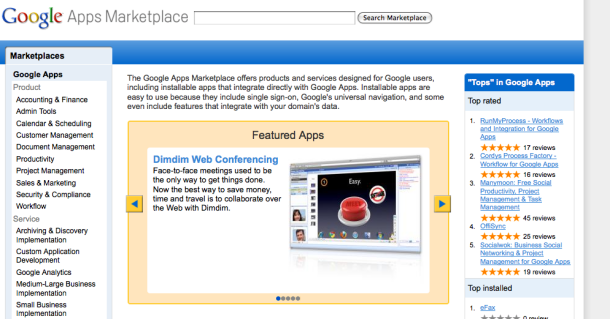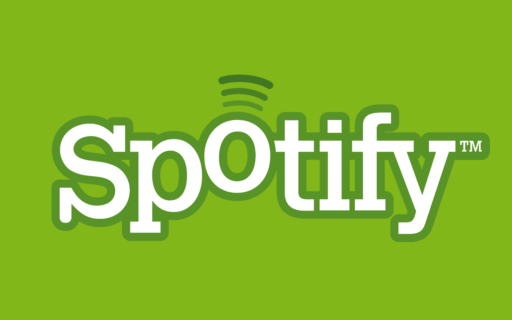Software developers can cater to Google Apps customers through a new application store announced at Google’s Campfire One event in Mountain View.
The Google Apps Marketplace will allow Google Apps users to purchase third-party applications to run atop the Google Apps suite, said Vic Gundotra, vice president of engineering for Google. Developers will have to pay a one-time $100 fee to list their applications in the store, and Google will get a 20 percent cut of all applications sold through the store, he said.
Google’s interest in such a store was first revealed last month by The Wall Street Journal. The idea is that although Google has an army of capable software developers, it can’t hope to anticipate the needs of every single Google Apps users. Third-party developers can fill those gaps and make Google Apps more useful to businesses with unique needs that don’t quite fit into the Google Apps suite.
Take payroll, for example. Google isn’t in the enterprise-resource planning software market (yet), but Intuit is, said Martin Gates, chief technology officer for online payroll at Intuit. He demonstrated how Google Apps users can integrate an Intuit-developed Web-based payroll application that’s linked with Google Apps, allowing employees to download their pay stubs simply by clicking on an icon in their Google Calendars.
Scott Farquhar, CEO of software tools company Atlassian, showed how Google Apps can be integrated directly into his company’s software development tools. For example, software developers using Atlassian’s project-management tools can have Gmail, Google Calendar, and Gchat applications integrated directly into the software development tool, so they don’t have to leave that window to check their e-mail or chat with colleagues.
Google wants to encourage enterprise software customers to think about using Web-based applications as opposed to more expensive desktop-based applications for their critical business applications. It’s both a competitive move against bitter rivals like Microsoft and a bid to cement the idea that the Web is the software development platform of the future.
In order to convince more businesses to make that investment, however, it needs to offer everything a business customer gets from their current software in the Web-based alternative. Famously conservative IT managers aren’t likely to make the switch to Google Apps–although almost 2 million businesses already have, Gundotra said–unless Google can assure them of the flexibility of its approach.
Developers will be required to list their applications with the Google Apps Marketplace, Glazer said. However, Google is not imposing any sort of revenue model on those developers, allowing them to charge per application, per user, or on a subscription basis for the applications they sell that are integrated with Google Apps, he said.
Applications are available immediately through the marketplace. Google and its partners are also testing ways to integrate third-party applications directly into Gmail, allowing users to access snippets of their enterprise apps directly from their Gmail inboxes. These “contextual gadgets” will arrive at a later date, Glazer said.




